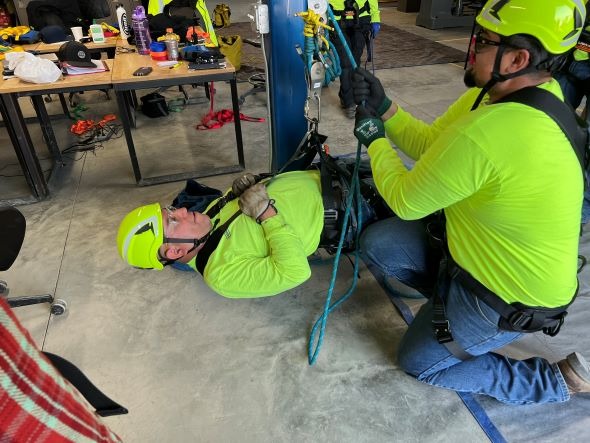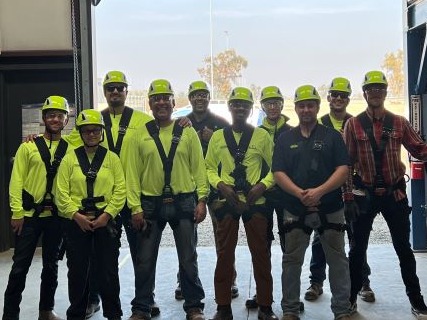Confined spaces are defined by OSHA as a space with “limited or restricted means for entry and exit and are not designed for continuous occupancy.” Examples include tanks, pipelines, tunnels, and manholes.
Many workplaces contain spaces that are considered “confined” because of their configurations. A confined space is large enough and configured in such a way that you can enter and perform assigned work. A confined space has a limited or restricted means of entrance or exit, and a configuration that can make first aid, rescue, evacuation, or other emergency response activities difficult. They are not designed or intended for continuous occupancy.
Workers who are chosen to work in confined spaces are called entrants. They should be trained to:
Recognize hazards
Alert attendants about presence of hazards and warning signs
Wear, store and use suitable personal protective equipment
Conduct self rescue methods in emergency situations
Communicate with attendants who are outside the confined space
Training requirements for attendants

Attendants who are assisting entrants and are situated outside the confined space also need to be trained to:
Determine hazards
Monitor work conditions
Coordinate resources with confined space workers
Maintain worker count in the confined space
Maintain in constant communication when workers enter and exit the space.
Allow only qualified and authorized entrants to enter a confined workspace.
Working in confined spaces without the proper training is not only illegal but can result in serious injury or death. Employers can prevent harm to their workers and lawsuits by ensuring that all of their employees have the proper permits and certifications.

With that said, there remain questions around what type of training is needed, and how often. The best way to determine the answers to these questions is to break the confined space training requirements down into 2 sections: regulatory mandated and employer-based. This is necessary because employers must ensure that the training is performed in compliance with all local, state, and federal regulations.
 Add Row
Add Row  Add
Add 




Write A Comment